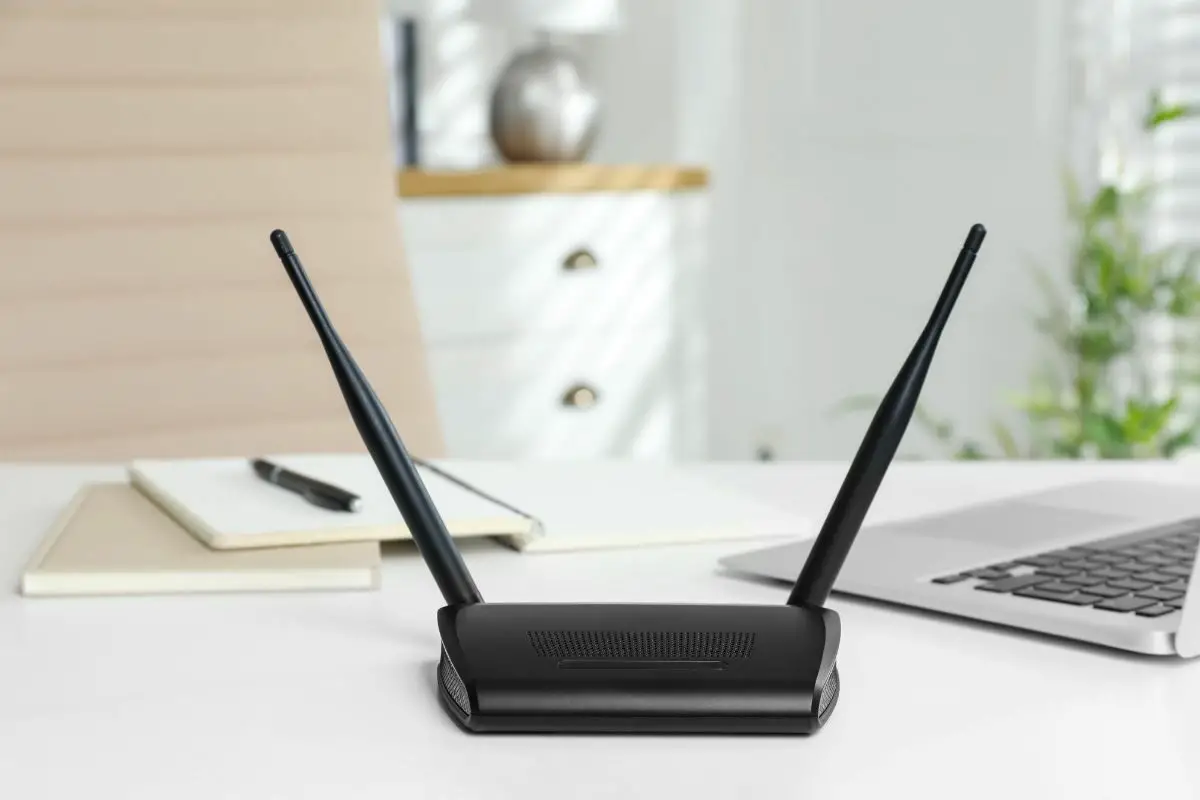
It can feel like the end of the world when your Laptop suddenly won't connect to Wi-Fi. In most cases, something as simple as restarting your router or your laptop’s network adapter can fix the problem.
This happened to me in the middle of an intense one-on-one in Modern Warfare. There's nothing more frustrating than losing a close game because your internet went out.
Luckily, I was able to fix the problem pretty quickly, but it did cost me that game. I'll share the exact steps I followed so that it doesn't happen to you.
So, let's dive into the solutions and valuable tips that'll get you back online in no time!
Contents
So, you grab your laptop and get ready for a binge-watching session on Netflix, but suddenly there's no internet connection. No matter what you do your laptop doesn't connect to it.
Don't worry! Because that's exactly what we're tackling today.
Don't blame your ISP for the bad Wi-Fi connection yet. Sometimes all you need is just a quick software fix to restore your internet connection.
Here are the most effective fixes to try to get you back online in no time:

Before messing with any setting in your router or laptop, it's always a good idea to get the basic things right. Check that the Wi-Fi is turned on and Airplane mode is turned off by clicking on the network icon on your laptop.
After that, just make sure that your Wi-Fi network is working perfectly. You can do that by using your mobile phone, tablet, or any other laptop to connect to your wireless network.
If other devices are successfully connecting to Wi-Fi and the internet works fine on them, then it's likely your laptop that's causing the problem. In that case, move on to the following solutions.
What's the first thing you do when your mobile phone stops working suddenly? That's right - restart it. Do the same with your laptop and router. This will reset the connections and give them a fresh start.
For the router, turn it off, disconnect the cables, and unplug it. Wait for about 30 seconds and plug it back in. Give it a couple of minutes after it's on before connecting to Wi-Fi.
Doing this will clean out the router cache as well as any static in the lines that might interfere with your Wi-Fi connection.
Your laptop won't connect to Wi-Fi if you've set up incorrect security settings or you've entered the wrong password.
Also, if you're connecting to a new network, then you need to double-check the password. These are case-sensitive, and the default ones can be long and complex.
If the problem is happening with an existing device, check if anyone with admin access to the router has changed the password without notifying others.
Windows PCs and Laptops come with built-in troubleshooting software to help diagnose Wi-Fi connectivity issues. It can tell you the exact cause of the problem and the steps needed to fix it.
Here's how to run it:
There's no such troubleshooter for Macs. Wireless Diagnostics only works on Mac if you're already connected to the Wi-Fi network.

If you can't see your Wi-Fi network at all, or if the Wi-Fi adapter constantly keeps turning off on its own, then the main culprit is likely your network adapter driver.
It's best to update or reinstall the Wi-Fi driver manually and see if this is the problem. Follow the steps mentioned below (only applicable to Windows computers) to do that.
Your laptop is automatically assigned an IP address when it connects to your wireless network. But sometimes this doesn't work as expected, or the old address causes connectivity issues.
To troubleshoot this, you need to release your current DHCP address and renew the IP address. Here's how to do it:
Nothing works?
As a last resort, you have no option but to reset your wireless settings. It'll wipe all your existing Wi-Fi connections and reset all the networking components and adapters to their default state.
Make sure you have your Wi-Fi password before following the steps given below.
Here are all the possible reasons why your laptop won't connect to Wi-Fi. We've already covered the solutions for them above.

If other devices can connect to Wi-Fi, then the problem is with your laptop's network settings or Wi-Fi adapter. You can try solutions like reinstalling network drivers or resetting the wireless adapter to fix your network connection.
If your Wi-Fi device doesn't appear when clicking on the Wi-Fi icon, there might be several reasons behind that. This commonly happens because of incorrect network settings, outdated drivers, or weak Wi-Fi signal. Besides that, it can also happen when you reset your router or change your Wi-Fi password.
If you've tried all the troubleshooting steps mentioned above and your laptop still won't connect to Wi-Fi, it makes sense to consider seeking professional assistance.
This is especially true if you're uncertain about handling technical stuff or if the problem persists despite your efforts. In such cases, contact your laptop manufacturer or a trusted computer repair service that can help diagnose and resolve the underlying issues.
Dealing with a laptop that won't connect to Wi-Fi can be frustrating, but hopefully, things should be much easier now that we've discussed the most effective solutions.
By following the troubleshooting steps outlined in this article, you can tackle the issue head-on and get your laptop back online.
Remember to check the Wi-Fi signal, restart your laptop and router, verify your network settings, update or reinstall drivers if needed, and try resetting network configurations. And if all else fails, don't hesitate to seek professional assistance.
Thanks for reading! Happy surfing!
